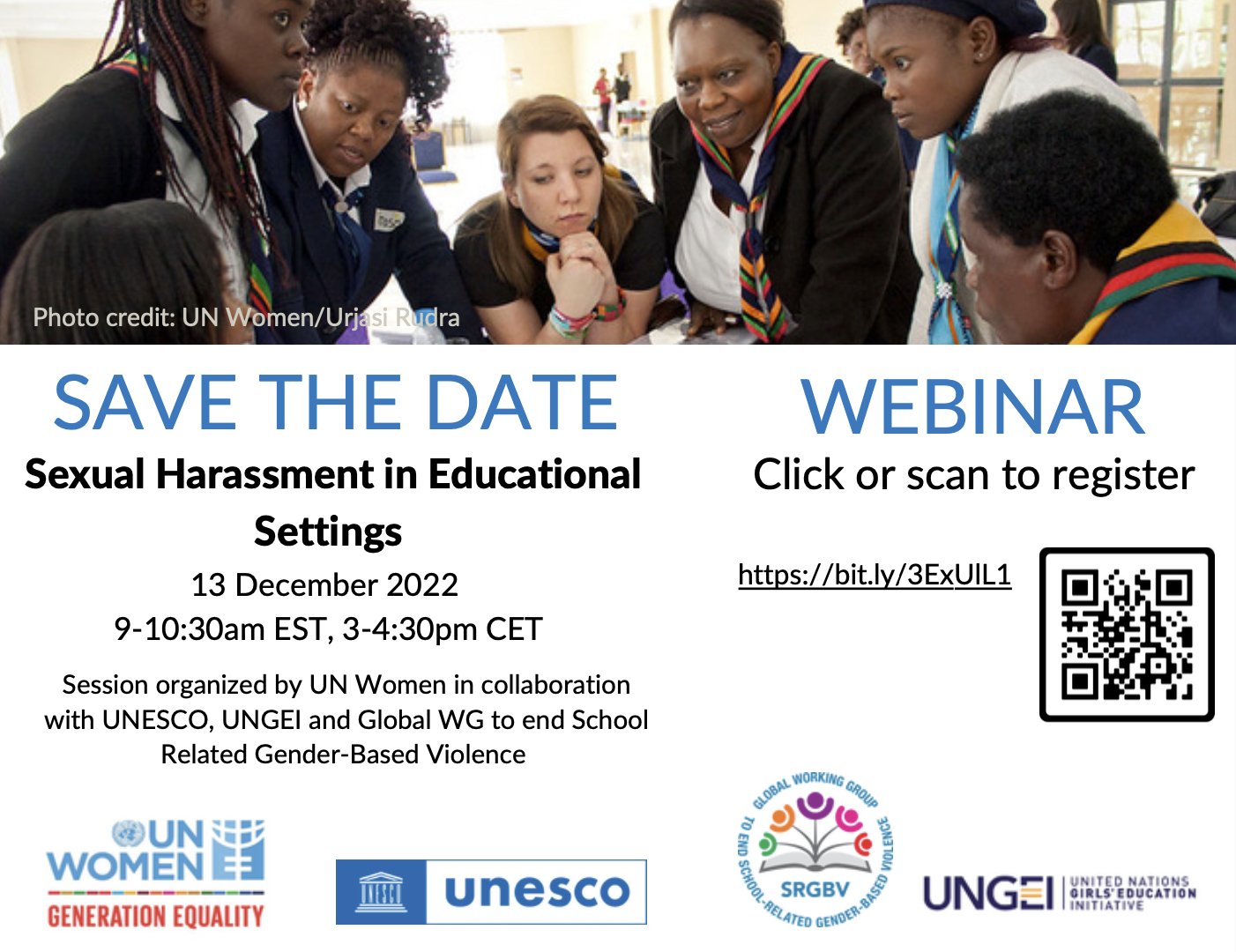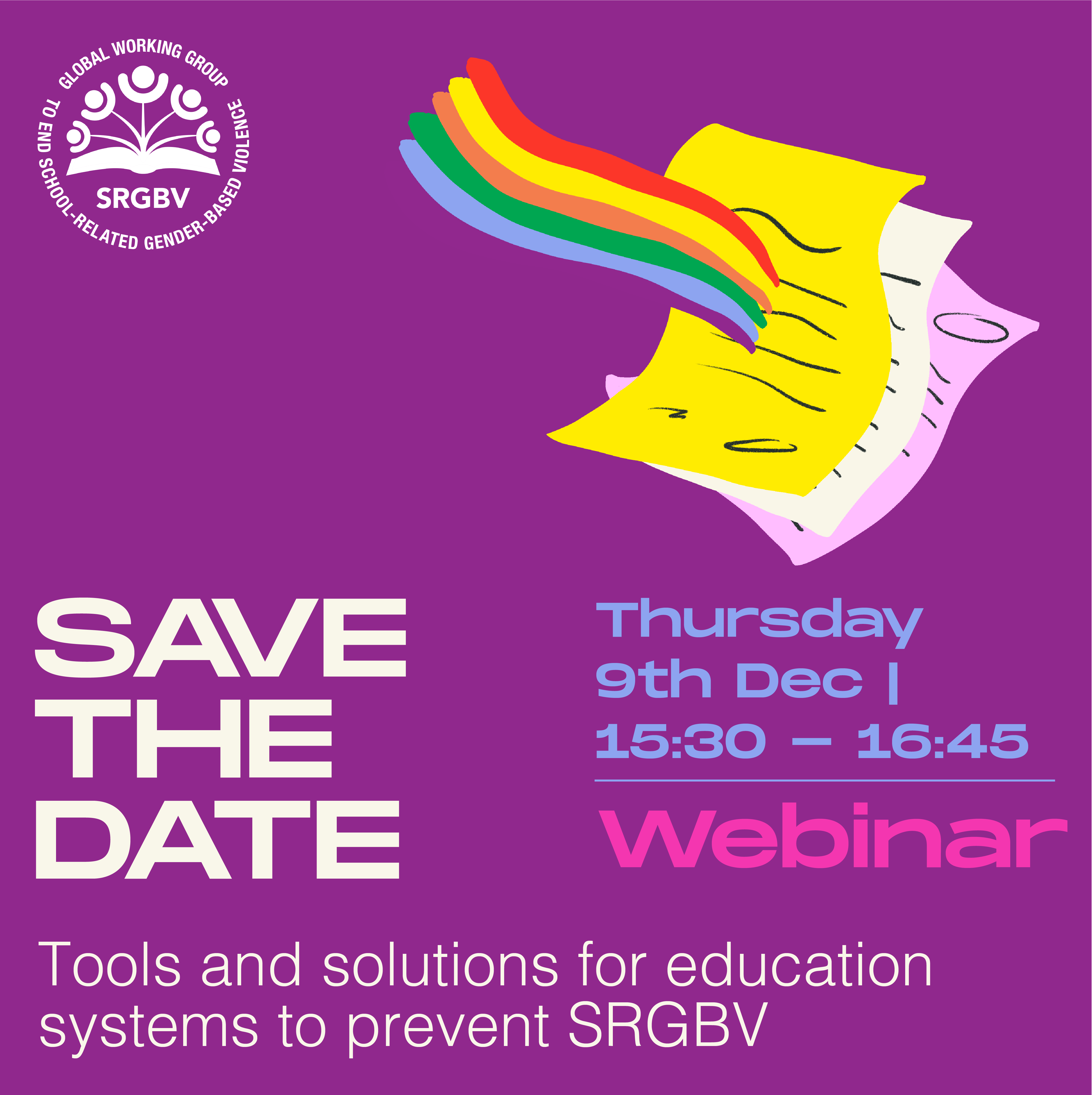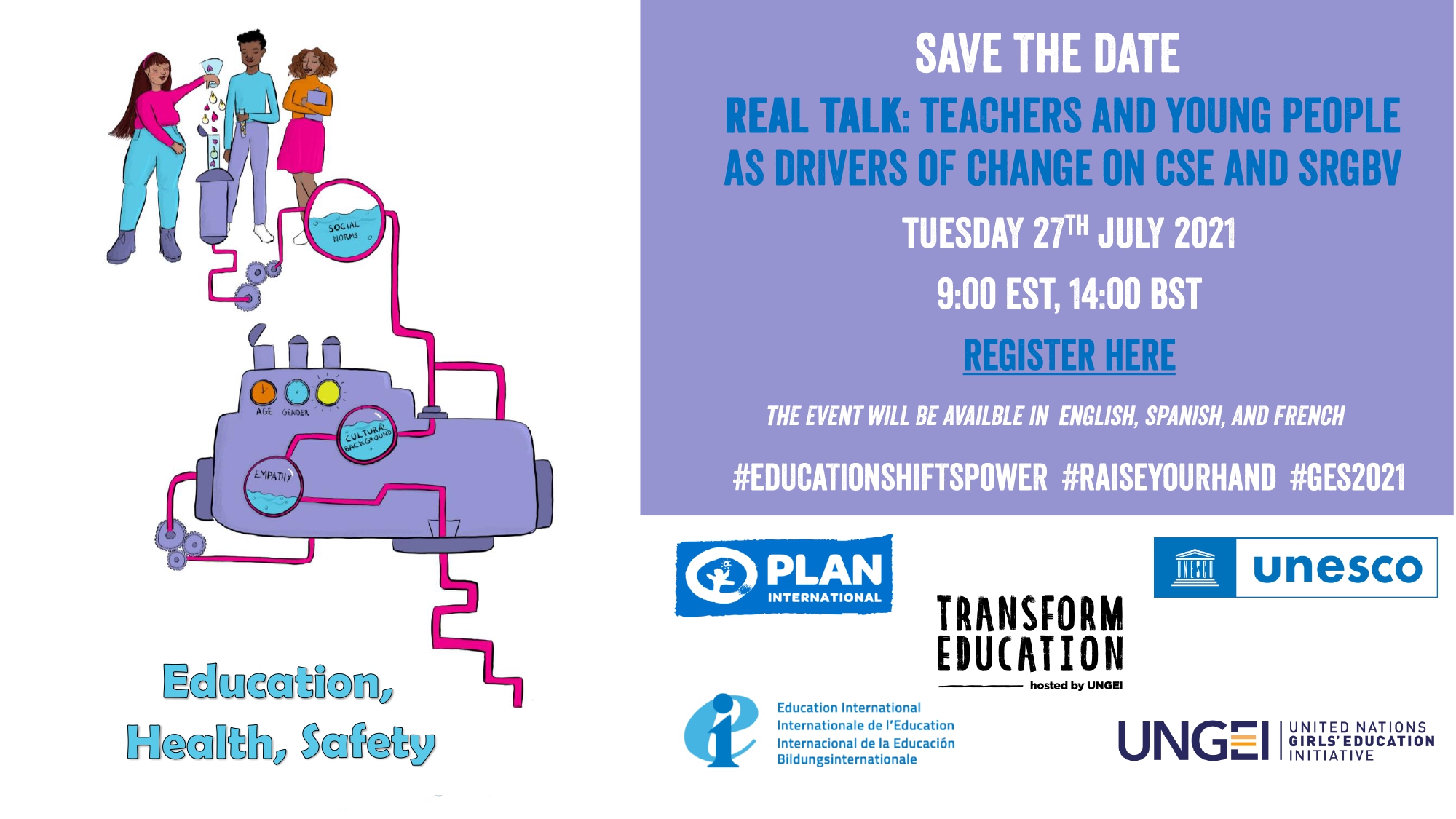Half of world’s teens experience peer violence in and around school – UNICEF
Half of students aged 13 to 15 worldwide – around 150 million – report having experienced peer-to-peer violence in and around school, according to a new report released by UNICEF today. An Everyday Lesson: #ENDviolence in Schools is released as part of the UNICEF #ENDviolence global campaign.
Research findings highlighted in the report indicate that peer violence – measured as the number of children who report having been bullied in the last month or having been involved in a physical fight in the last year – is a pervasive part of young people’s education around the world. It impacts student learning and well-being in rich and poor countries alike.
“Education is the key to building peaceful societies, and yet, for millions of children around the world, school itself is not safe,” said UNICEF Executive Director Henrietta Fore. “Every day, students face multiple dangers, including fighting, pressure to join gangs, bullying – both in person and online, violent discipline, sexual harassment and armed violence. In the short-term this impacts their learning, and in the long-term it can lead to depression, anxiety and even suicide. Violence is an unforgettable lesson that no child needs to learn.”
The report outlines a variety of ways students face violence in and around the classroom. According to the latest available data from UNICEF:
- Globally, slightly more than 1 in 3 students aged 13-15 experience bullying, and roughly the same proportion are involved in physical fights.
- 3 in 10 students in 39 industrialised countries admit to bullying peers.
- In 2017, there were 396 documented or verified attacks on schools in the Democratic Republic of the Congo, 26 on schools in South Sudan, 67 attacks in the Syrian Arab Republic and 20 attacks in Yemen.
- Nearly 720 million school-aged children live in countries where corporal punishment at school is not fully prohibited.
- While girls and boys are equally at risk of bullying, girls are more likely to become victims of psychological forms of bullying and boys are more at risk of physical violence and threats.
The report notes that violence involving weapons in schools, such as knives and guns, continues to claim lives. It also says that in an increasingly digital world, bullies are disseminating violent, hurtful and humiliating content with the tap of a key.
An Everyday Lesson: #ENDviolence in Schools is released as part of the UNICEF #ENDviolence global campaign. It is also part of a collective effort to shed light on and spark action to #ENDviolence in and around schools by organisations including UNICEF, the United Kingdom’s Department for International Development (DFID), UNESCO, other members of the Global Partnership to End Violence Against Children and UNGEI.
As part of the campaign, UNICEF is holding a number of #ENDviolence Youth Talks around the world over the coming months. The series of student-led discussions will give young people a platform to share their experiences of violence and voice what they need to feel safe in and around school, and will inform a set of recommendations to global leaders. In July, UNICEF Goodwill Ambassador, Lilly Singh, launched the first Youth Talk in South Africa with a group of students aged 13 to 19.
To end violence in schools, UNICEF and partners are calling for urgent action in the following areas:
- Implementing policies and legislation to protect students from violence in schools.
- Strengthening prevention and response measures in schools.
- Urging communities and individuals to join students as they speak up about violence and work to change the culture of classrooms and communities.
- Making more effective and targeted investments in proven solutions that help students and schools stay safe.
- Collecting better, disaggregated data on violence against children in and around schools and sharing what works.
UNICEF is encouraging young people around the world to raise their voices to #ENDviolence in and around schools and to tell us how they are working together and what solutions they are using to #ENDviolence in and around schools once and for all.


